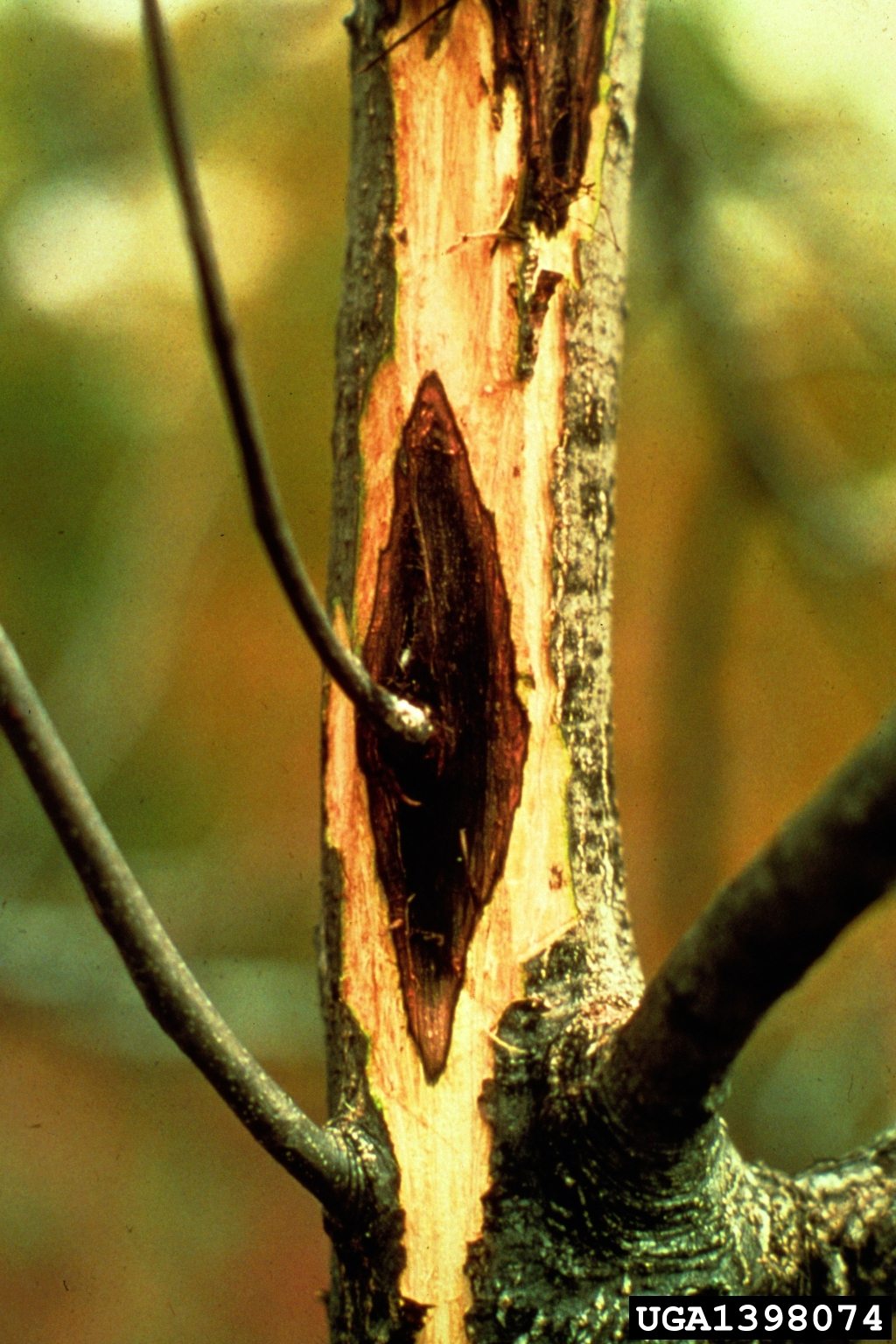Canker In Butternut Trees: Learn How To Treat Butternut Canker


Butternuts are lovely, eastern American native trees that produce rich, buttery flavored nuts beloved by both humans and animals. These trees are treasures that add grace and beauty to the landscape, but butternut canker disease ruins the appearance of the tree, and it is almost always fatal. Find out about preventing and treating butternut canker in this article.
What is Butternut Canker?
Canker in butternut trees prevents the flow of sap up and down the tree. Without the means to transport moisture and nutrients, the tree eventually dies. There is no way to “fix” a canker or cure the disease, but you may be able to extend the life of the tree. Butternut tree cankers are caused by a fungus called Sirococcus clavigignenti-juglandacearum. Rain splashes the fungal spores onto the trunk or lower branches of a tree where it penetrates through scars left behind by buds, fallen leaves, and through wounds in the bark from insects and other injuries. Once inside, the fungus causes a softened area that looks like an elongated scar. Over time the scar deepens and becomes larger. The parts of the tree directly above the canker die back. When the canker becomes so large that sap can’t move up the tree, the entire tree dies.
How to Treat Butternut Canker
When you have a canker on the trunk of a butternut tree, there is no chance to save the tree. When you take down the tree, remove all of the debris promptly. The spores can remain alive and able to infect healthy trees for two years or more. If the cankers are limited to the branches, removing the branches can extend the life of the tree. Cut back infected branches to about 8 inches (20 cm.) beyond the canker. Disinfect pruning equipment after cuts by dipping them in a 10 percent bleach solution or a 70 percent alcohol solution. Hold the pruners in the disinfectant for 30 seconds or more. Disinfect and then rinse and dry your tools before putting them away. There is little you can do to protect a tree in an area with known butternut canker disease. Healthy trees survive longer in areas with the disease. Keep your tree healthy by making sure that it gets plenty of water and fertilizer. If the tree doesn’t get at least an inch (2.5 cm.) of water per week, consider irrigation. Fertilize in years when the leaves look small or pale and the stems aren’t putting on as much new growth as usual. Don’t fertilize a tree that doesn’t need additional nutrients.
Sign up for the Gardening Know How newsletter today and receive a free copy of our e-book "How to Grow Delicious Tomatoes".

Jackie Carroll has written over 500 articles for Gardening Know How on a wide range of topics.